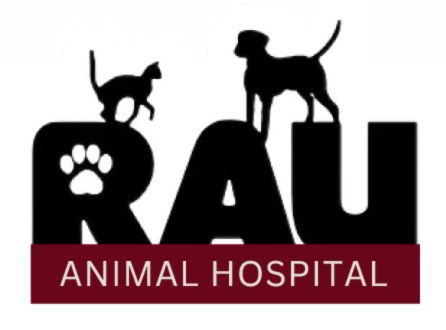What exactly is zoonosis? Zoonosis is any disease that is transmittable from animals to humans under natural conditions. Zoonotic diseases can be caused by parasites, viruses, bacteria and fungi. Those with weakened immune systems, such as infants, individuals with acquired immunodeficiency syndrome (AIDS), the elderly, and people undergoing cancer therapy, are more susceptible to zoonotic infections than others.
How are zoonotic diseases transmitted?
The infection can be transmitted to humans from infected animals either directly (through contact with body fluids, etc.) or indirectly (through vectors such as mosquitoes and ticks).
What are some common zoonotic diseases?
Parasites: The two most common parasites responsible for zoonotic diseases are roundworms and hookworms. Roundworm can cause diarrhea, lethargy and weight loss in animals and also can cause what is called larva migrans in people. Ocular larva migrans can result in retinal detachment, loss of vision, and blindness. Hookworms can cause skin, lung, and intestinal disease in dogs and cats. The larvae of some hookworms can also penetrate human skin, appearing as itchy, reddish, coiling lesions. Another parasitic disease is Toxoplasmosis. It is caused by a parasite called Toxoplasma gondii and can be spread by a cat who has ingested the parasite by eating raw meat, wild birds or rodents. The cat expels the parasite in its feces and can contaminate garden soil, sand boxes or its own litter box. A human may inadvertently consume contaminated fecal material from unwashed hands. A pregnant woman who contracts toxoplasmosis during pregnancy is at risk of passing the infection to her unborn child.
Viruses: Rabies – a disease that is transmissible to dogs, cats, humans and a wide variety of other animals. It affects the central nervous system causing brain disease and ultimately, death. Pets are often exposed through contact with wildlife (i.e. skunks, possum, raccoons). Even if your pet is indoors only, there is always a chance they will escape or the possibility that a wild animal, like a raccoon or a bat, could make its way inside your home.
Bacteria: You may have heard your vet talk about something called leptospirosis. “Lepto” is passed through contact with bodily fluids, mainly urine. It can be passed to people from infected pets through contact with their urine. It can also be passed to people through contact with urine from other infected animals, such as rodents.
More commonly known bacterial infections are Salmonella, E. coli and Campylobacter. These are bacteria that can cause infection of the intestinal tract of dogs, cats and humans. The disease can be passed through contact with infected feces. It can be a concern with feeding raw food diets but many commercial food recalls are a result of Salmonella or E. coli contamination as well.
Fungi: Ringworm is a fungal skin infection that is particularly common in puppies and kittens. It is not caused by a worm but rather a fungus. Ringworm is easily passed from pets to people and from people to pets. It causes a red, itchy rash and if not treated, the skin could blister and become infected.
Yikes! So, what can you do? Common sense and good hygiene go a long way. Here are a few simple precautions to take:
. Wash hands before eating and after handling pets.
. Schedule annual checkups and fecal exams for your pet.
. Seek veterinary care for sick pets.
. Keep rabies vaccinations current.
. Maintain appropriate flea and tick control.
. Avoid letting your pet lick your face, food utensils, or plate.
. Seek medical attention for animal bites.
. Feed your pets cooked or commercially processed food.
. Scoop litter boxes to remove fecal material daily.
. Periodically clean litter boxes with hot water and detergent/soap.
. Wear gloves when gardening or handling raw meat; wash hands afterwards.
. Cover children’s sandboxes when not in use.
. Wash fruits and vegetables before eating.
. Keep rabies vaccinations current.
. Maintain appropriate flea and tick control.
. Avoid letting your pet lick your face, food utensils, or plate.
. Seek medical attention for animal bites.
. Feed your pets cooked or commercially processed food.
. Scoop litter boxes to remove fecal material daily.
. Periodically clean litter boxes with hot water and detergent/soap.
. Wear gloves when gardening or handling raw meat; wash hands afterwards.
. Cover children’s sandboxes when not in use.
. Wash fruits and vegetables before eating.
For more information on zoonosis, talk with your veterinarian or visit www.cdc.gov or www.who.int.

